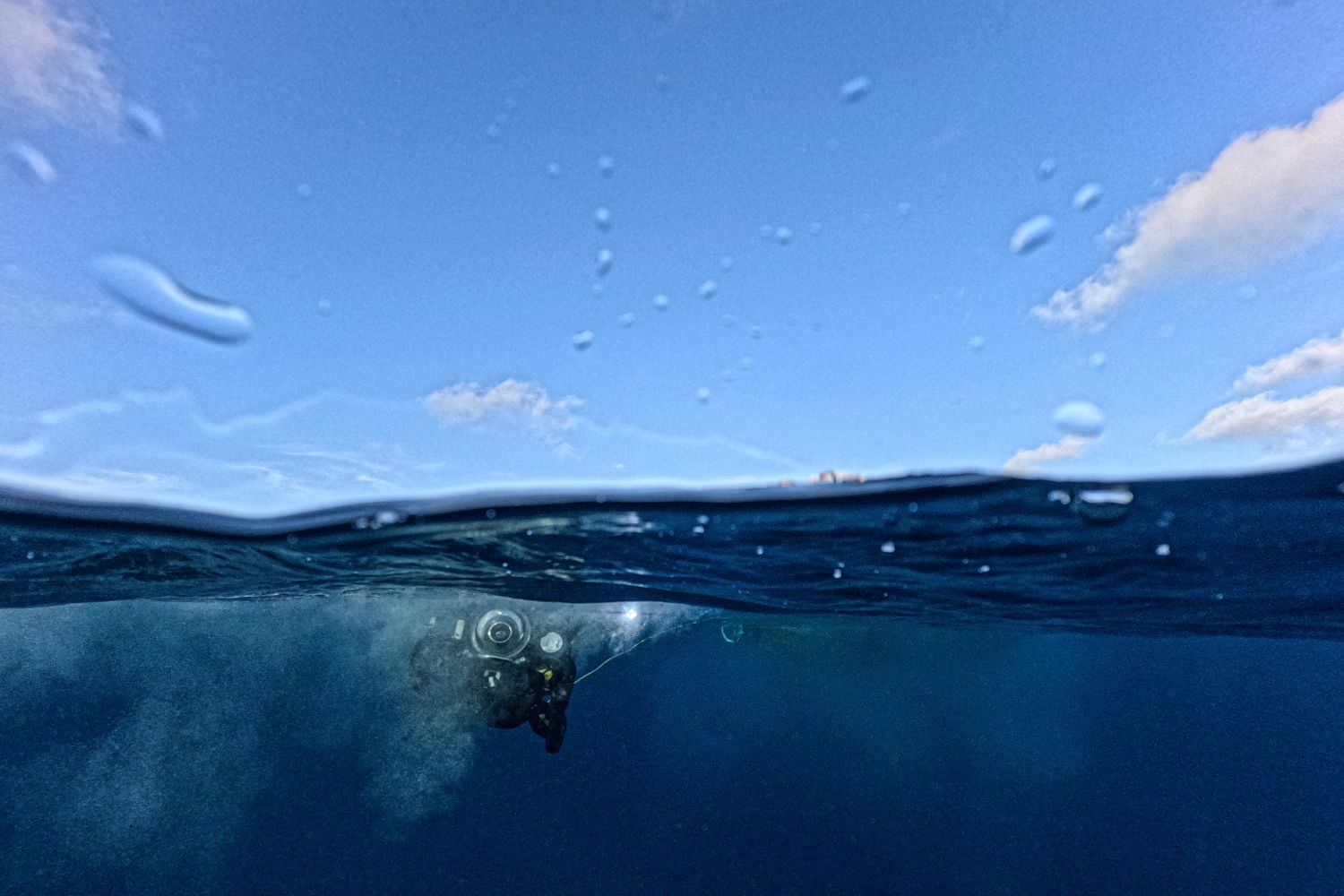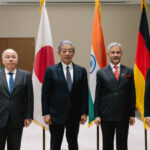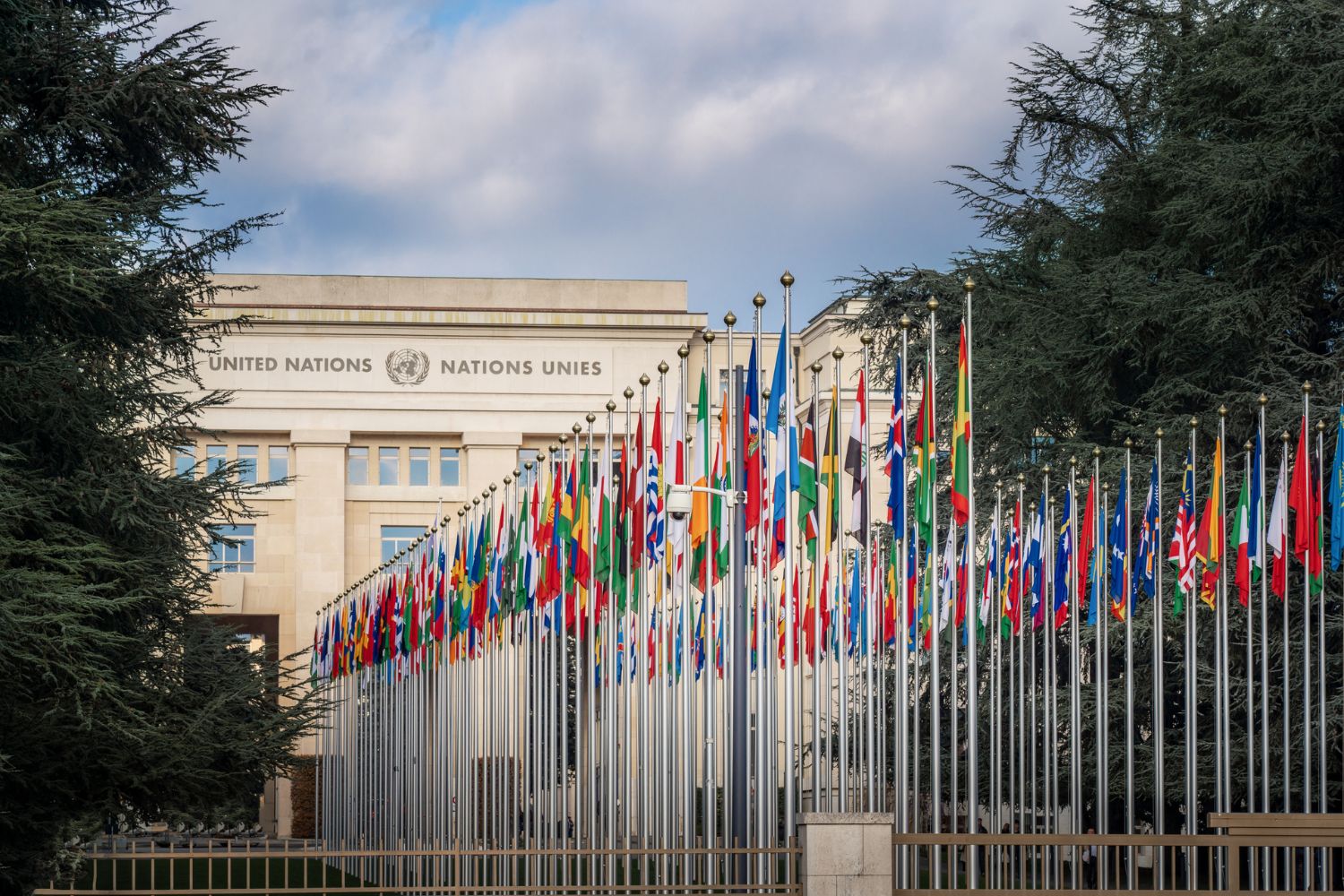India has embarked on an ambitious and groundbreaking journey by launching its very own deep-sea mission. This endeavour aims to explore the uncharted depths of the Indian Ocean, harnessing the ocean’s potential for economic and scientific gains while demonstrating the nation’s technological prowess. The mission marks a significant milestone in India’s scientific and exploratory efforts, positioning the country as a key player in the global arena of deep-sea research and resource exploitation.
The deep-sea mission is spearheaded by India’s Ministry of Earth Sciences (MoES), under the leadership of the National Institute of Ocean Technology (NIOT) in Chennai. The concept for the mission was born out of the realisation that the ocean holds vast, untapped resources that could significantly contribute to the nation’s economic development.
Additionally, the mission aligns with the United Nations’ Sustainable Development Goal 14, which emphasises the need to conserve and sustainably use the oceans, seas, and marine resources. The goals and mission have several key objectives, each aimed at achieving a comprehensive understanding of the deep-sea environment and its resources. One of the primary goals of the mission is to explore and map the deep-sea regions of the Indian Ocean.
This involves studying the ocean floor, underwater mountains, valleys, and hydrothermal vents, which are hotspots for unique marine life and mineral deposits. The mission aims to assess the potential resources available in the deep-sea environment, including polymetallic nodules, hydrothermal sulphides, and cobalt-rich crusts. These resources are critical for various industries, including electronics, renewable energy, and metallurgy.
It is important to understand the biodiversity of the deep-sea ecosystem that it is essential for conservation and sustainable use. The mission seeks to document and analyse the diverse forms of life that thrive in extreme conditions, which could offer insights into new biological compounds and processes. By developing and deploying advanced underwater vehicles and instruments, India aims to enhance its technological capabilities in ocean exploration.
This includes the development of manned submersibles, remotely operated vehicles (ROVs), and autonomous underwater vehicles (AUVs). The deep-sea environment plays a crucial role in regulating the Earth’s climate. The mission will contribute to the understanding of deep-sea currents, carbon sequestration processes, and other factors influencing climate change. The mission also aims to foster international cooperation in deep-sea research, sharing knowledge and expertise with global scientific communities.
The mission is heavily reliant on state-of-the-art technology to achieve its objectives. One of the most significant innovations is the development of a manned submersible capable of carrying three humans to a depth of 6,000 meters. This submersible, named ‘Matsya 6000’, is designed to withstand the extreme pressures of the deep sea and is equipped with advanced navigation, communication, and sampling systems.
In addition to the manned submersible, the mission utilises a fleet of ROVs and AUVs for various tasks. ROVs are remotely operated from a surface vessel and are equipped with cameras, robotic arms, and sensors to conduct detailed surveys and sample collections. AUVs, on the other hand, are programmed to operate independently, collecting data on long-duration missions and covering extensive areas of the ocean floor. The mission also involves the deployment of deep-sea drilling systems to extract core samples from the seabed.
ALSO READ: An archaeological breakthrough in China
These samples are crucial for understanding the geological and biological history of the deep-sea environment and for assessing the mineral resources available. The economic benefits are substantial. The deep-sea regions of the Indian Ocean are rich in minerals like manganese, cobalt, nickel, and rare earth elements, which are essential for high-tech industries. By tapping into these resources, India can reduce its dependence on imports and strengthen its position in the global supply chain for critical materials.
Moreover, the mission is expected to spur advancements in marine biotechnology. The unique organisms found in the deep sea possess novel biochemical properties that could lead to the development of new pharmaceuticals, enzymes, and bioactive compounds. This can open up new avenues for the biotechnology and pharmaceutical industries in India.
The mission will significantly enhance the understanding of the deep-sea environment from a scientific perspective. The data collected will contribute to various fields, including marine biology, geology, oceanography, and climate science. By uncovering the mysteries of the deep sea, the mission will provide valuable insights into the Earth’s history, the dynamics of marine ecosystems, and the processes governing global climate patterns.
The deep-sea environment is one of the most hostile and unexplored frontiers on Earth, characterised by extreme pressures, low temperatures, and complete darkness. Developing technology that can operate reliably in such conditions requires significant engineering expertise and innovation. Another challenge is ensuring the environmental sustainability of deep-sea exploration and resource extraction.
The deep-sea ecosystem is fragile, and any disturbance can have long-lasting impacts. The mission must adhere to stringent environmental regulations and develop methods to minimise the ecological footprint of its activities. In future this could pave the way for future deep-sea missions, not only within the Indian Ocean but also in other parts of the world. It could also inspire other countries to invest in deep-sea research, leading to a greater collective understanding of our planet’s final frontier.
This is a bold step forward for India, showcasing the nation’s commitment to scientific exploration and technological innovation. By venturing into the depths of the Indian Ocean, India is not only seeking to unlock the economic potential of the deep sea but also to contribute to global knowledge and environmental stewardship.
ALSO READ: New ideas for undersea defence technology













